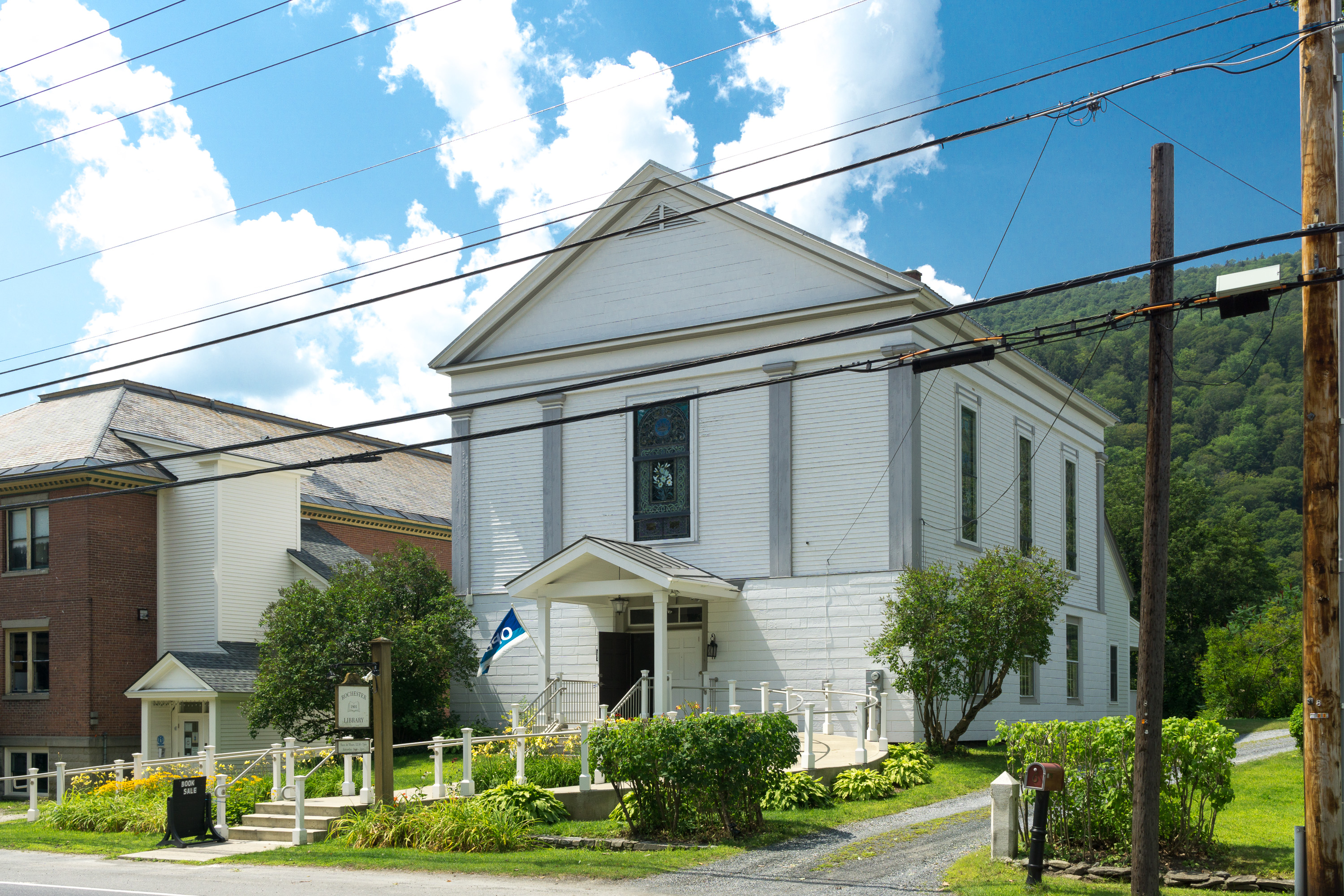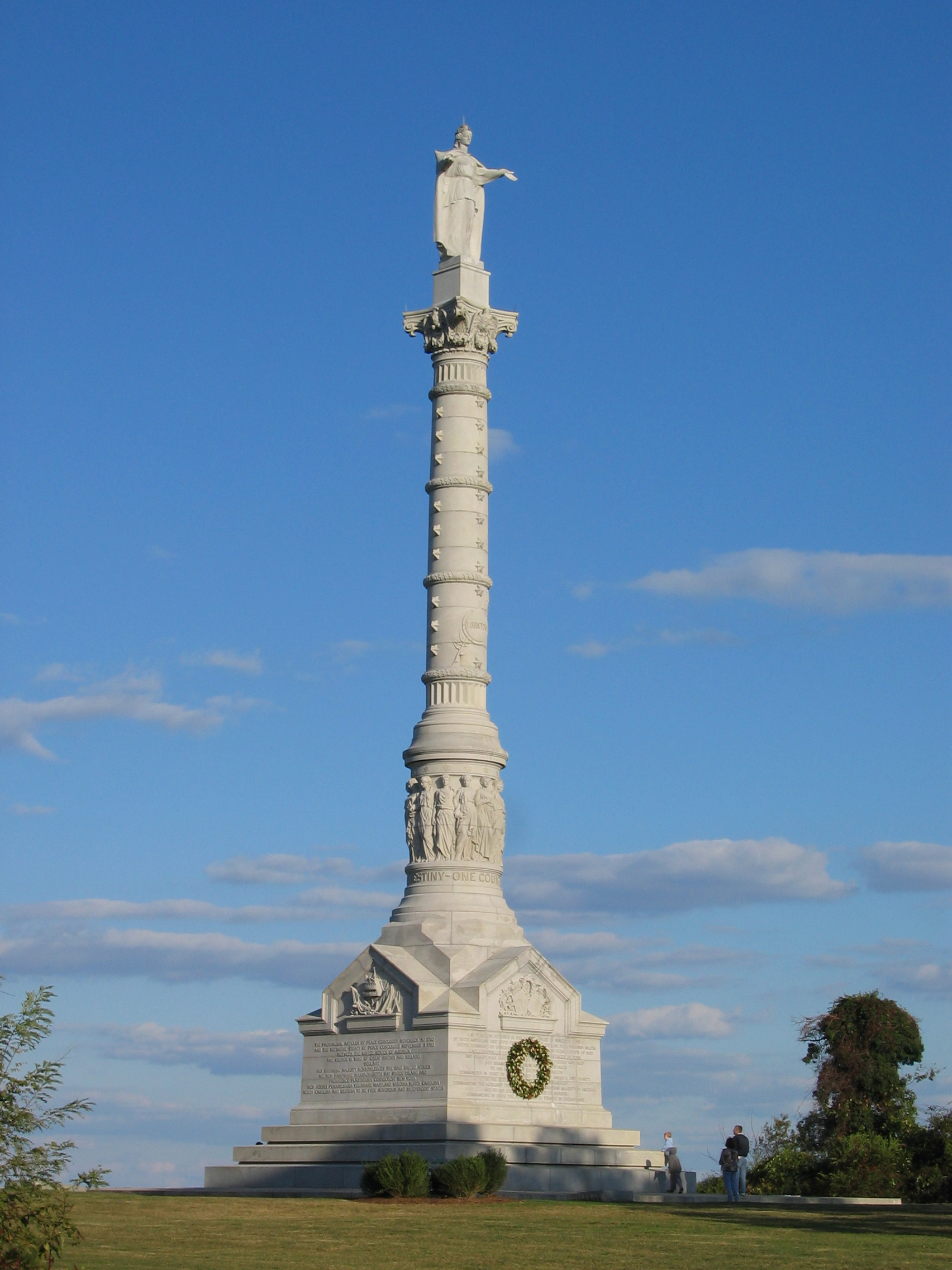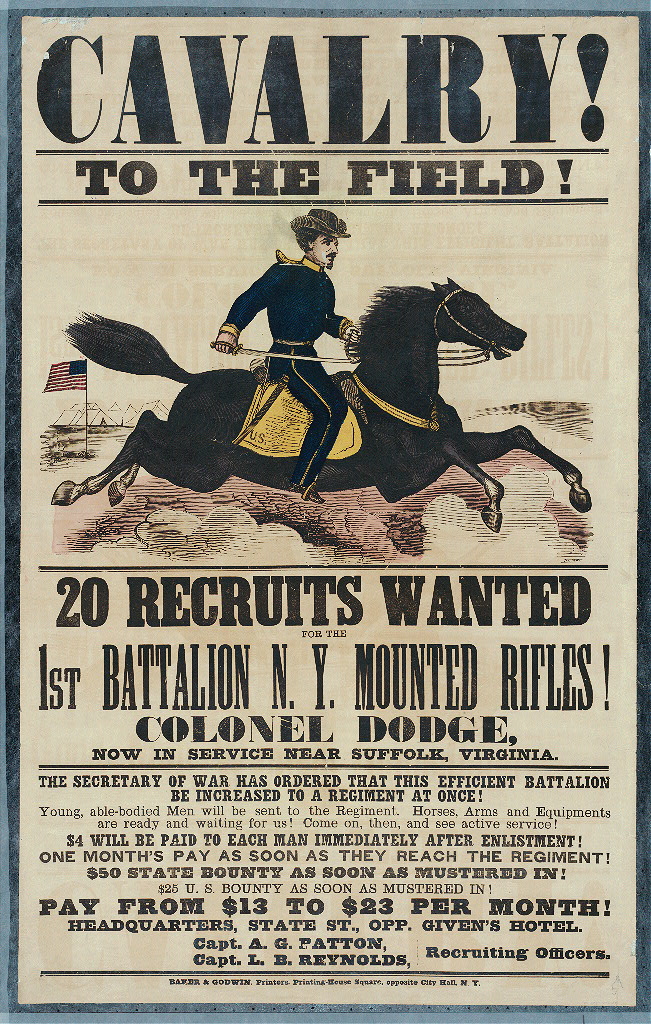|
Ira W. Claflin
Ira Wallace Claflin (June 21, 1834 – November 18, 1867) was a United States Army West Point regular officer who took command of the 6th US Cavalry during the critical days of July 1863 during the Gettysburg Campaign. He was an instructor of Union cavalry tactics for West Virginia and later taught at West Point. Family Ira Wallace Claflin was the eldest son, of eight children, of Ira Claflin, Sr (1808–1891) and Hannah Wells Richardson (1814–1907), born in Rochester, Windsor County, Vermont. Ira W. married Jane Cooper Stuck on April 21, 1863, at Hagerstown, Maryland. They had two children, Mary Cooper Claflin (1864–?) and a son, Morris Fairfax Claflin (1867–?). Claflin's father, Ira W. Claflin Sr., helped raise his two children and assisted his widow. They were noted as in Iowa in the 1870 United States Census. Military service Pre-Civil War Claflin was appointed from Iowa to the United States Military Academy at West Point in 1853. He graduated on July 1, 1857, 27 ... [...More Info...] [...Related Items...] OR: [Wikipedia] [Google] [Baidu] |
Rochester, Vermont
Rochester is a town in Windsor County, Vermont, United States. The population was 1,099 at the 2020 census. The central village is delineated as the Rochester census-designated place. Set on the edge of the Green Mountain National Forest, the town is a picturesque tourist destination. History Rochester was granted in 1780, chartered in 1781 to Dudley Chase, Asa Whitcomb and 63 others, then organized in 1788. It was first settled in the winter of 1781–1782 by David Currier and his family. Rochester's boundaries expanded through annexation of part of Pittsfield town in 1806, annexation of an additional area from Pittsfield town plus a part of Braintree town in 1824, a part of Hancock town in 1834, and finally an annexation of part of Goshen town in 1847. The surface of the town is mountainous and broken, but the intervales along the White River provided good farmland. There were sites supplying water power for mills. By 1859, when the population was 1,493, industries inc ... [...More Info...] [...Related Items...] OR: [Wikipedia] [Google] [Baidu] |
Albuquerque, New Mexico
Albuquerque ( ; ), ; kee, Arawageeki; tow, Vakêêke; zun, Alo:ke:k'ya; apj, Gołgéeki'yé. abbreviated ABQ, is the most populous city in the U.S. state of New Mexico. Its nicknames, The Duke City and Burque, both reference its founding in 1706 as ''La Villa de Alburquerque'' by Nuevo México governor Francisco Cuervo y Valdés''.'' Named in honor of the Viceroy of New Spain, the Francisco Fernández de la Cueva, 10th Duke of Alburquerque, 10th Duke of Alburquerque, the city was Old Town Albuquerque, an outpost on Camino Real de Tierra Adentro, El Camino Real linking Mexico City to the northernmost territories of New Spain. Located in the Albuquerque Basin, the city is flanked by the Sandia Mountains to the east and the West Mesa to the west, with the Rio Grande and bosque flowing from north-to-south. According to the 2020 United States census, 2020 census, Albuquerque had 564,559 residents, making it the List of United States cities by population, 32nd-most populous city ... [...More Info...] [...Related Items...] OR: [Wikipedia] [Google] [Baidu] |
Yorktown, Virginia
Yorktown is a census-designated place (CDP) in York County, Virginia. It is the county seat of York County, one of the eight original shires formed in colonial Virginia in 1682. Yorktown's population was 195 as of the 2010 census, while York County's population was 66,134 in the 2011 census estimate. The town is most famous as the site of the siege and subsequent surrender of General Charles Cornwallis to General George Washington and the French Fleet during the American Revolutionary War on October 19, 1781. Although the war would last for another year, this British defeat at Yorktown effectively ended the war in North America. Yorktown also figured prominently in the American Civil War (1861–1865), serving as a major port to supply both northern and southern towns, depending upon who held Yorktown at the time. Yorktown is one of three sites of the Historic Triangle, which also includes Jamestown and Williamsburg as important colonial-era settlements. It is the eastern te ... [...More Info...] [...Related Items...] OR: [Wikipedia] [Google] [Baidu] |
Sabers
A sabre ( French: �sabʁ or saber in American English) is a type of backsword with a curved blade associated with the light cavalry of the early modern and Napoleonic periods. Originally associated with Central European cavalry such as the hussars, the sabre became widespread in Western Europe during the Thirty Years' War. Lighter sabres also became popular with infantry of the early 17th century. In the 19th century, models with less curving blades became common and were also used by heavy cavalry. The military sabre was used as a duelling weapon in academic fencing in the 19th century, giving rise to a discipline of modern sabre fencing (introduced in the 1896 Summer Olympics) loosely based on the characteristics of the historical weapon in that it allows for cuts as well as thrusts. Etymology The English ''sabre'' is recorded from the 1670s, as a direct loan from French, where the ''sabre'' is an alteration of ''sable'', which was in turn loaned from German ''Säbel'', ... [...More Info...] [...Related Items...] OR: [Wikipedia] [Google] [Baidu] |
Pistols
A pistol is a handgun, more specifically one with the chamber integral to its gun barrel, though in common usage the two terms are often used interchangeably. The English word was introduced in , when early handguns were produced in Europe, and is derived from the Middle French ''pistolet'' (), meaning a small gun or knife. In colloquial usage, the word "pistol" is often used to describe any type of handgun, inclusive of revolvers (which have a single barrel and a separate cylinder housing multiple chambers) and the pocket-sized derringers (which are often multi-barrelled). The most common type of pistol used in the contemporary era is the semi-automatic pistol, while the older single-shot and manual repeating pistols are now rarely seen and used primarily for nostalgic hunting and historical reenactment, and the fully automatic machine pistols are uncommon in civilian usage due to generally poor recoil-controllability and strict laws and regulations governing their manufac ... [...More Info...] [...Related Items...] OR: [Wikipedia] [Google] [Baidu] |
Carbines
A carbine ( or ) is a long gun that has a barrel shortened from its original length. Most modern carbines are rifles that are compact versions of a longer rifle or are rifles chambered for less powerful cartridges. The smaller size and lighter weight of carbines make them easier to handle. They are typically issued to high-mobility troops such as special operations soldiers and paratroopers, as well as to mounted, artillery, logistics, or other non-infantry personnel whose roles do not require full-sized rifles, although there is a growing tendency for carbines to be issued to front-line soldiers to offset the increasing weight of other issued equipment. An example of this is the U.S. Army's M4 carbine, which is standard issue. Etymology The name comes from its first users — cavalry troopers called "carabiniers", from the French ''carabine'', from Old French ''carabin'' (soldier armed with a musket), whose origin is unclear. One theory connects it to an "ancient engine of ... [...More Info...] [...Related Items...] OR: [Wikipedia] [Google] [Baidu] |
Cavalry (United States)
The United States Cavalry, or U.S. Cavalry, was the designation of the mounted force of the United States Army by an act of United States Congress, Congress on 3 August 1861.Price (1883) p. 103, 104 This act converted the U.S. Army's two regiments of dragoons, one regiment of mounted riflemen, and two regiments of cavalry into one branch of service. The cavalry branch transitioned to the Armored Forces with Tanks of the United States, tanks in 1940, but the term "cavalry", e.g. "armored cavalry", remains in use in the U.S. Army for mounted (ground and aviation) Reconnaissance, surveillance, and target acquisition (United States), reconnaissance, surveillance, and target acquisition (RSTA) units based on their parent Combat Arms Regimental System (CARS) regiment. ''Cavalry'' is also used in the name of the 1st Cavalry Division (United States), 1st Cavalry Division for heraldic/lineage/historical purposes. Some Brigade Combat Team#Armored brigade combat team, combined arms battal ... [...More Info...] [...Related Items...] OR: [Wikipedia] [Google] [Baidu] |
Logistics
Logistics is generally the detailed organization and implementation of a complex operation. In a general business sense, logistics manages the flow of goods between the point of origin and the point of consumption to meet the requirements of customers or corporations. The resources managed in logistics may include tangible goods such as materials, equipment, and supplies, as well as food and other consumable items. In military science, logistics is concerned with maintaining army supply lines while disrupting those of the enemy, since an armed force without resources and transportation is defenseless. Military logistics was already practiced in the ancient world and as the modern military has a significant need for logistics solutions, advanced implementations have been developed. In military logistics, logistics officers manage how and when to move resources to the places they are needed. Logistics management is the part of supply chain management and supply chain engine ... [...More Info...] [...Related Items...] OR: [Wikipedia] [Google] [Baidu] |
Cavalry In The American Civil War
The American Civil War saw cavalry tactics move largely away from the offensive towards the defensive, with the emphasis on screening (tactical), screening, raid (military), raiding, and reconnaissance. Development of the rifled musket had also rendered the cavalry charge both impractical and detrimental. In the first half of the war, the Confederates enjoyed the advantage in cavalry, as southern men were more accustomed to the riding and shooting life, and most of the experienced cavalry officers from the regular army had chosen to side with the Confederacy. By the second half, from 1863 onward, the Union Army had gained an equal cavalry capability, through Benjamin Grierson's brilliant deception tactics in the Mississippi valley, and Philip Sheridan's aggressive movements, while in command of the Union Army of the Shenandoah, Army of the Shenandoah at the end of the war in Virginia. Cavalry units proved highly expensive to maintain, and unscrupulous agents would often ex ... [...More Info...] [...Related Items...] OR: [Wikipedia] [Google] [Baidu] |


.png)


.jpg)

